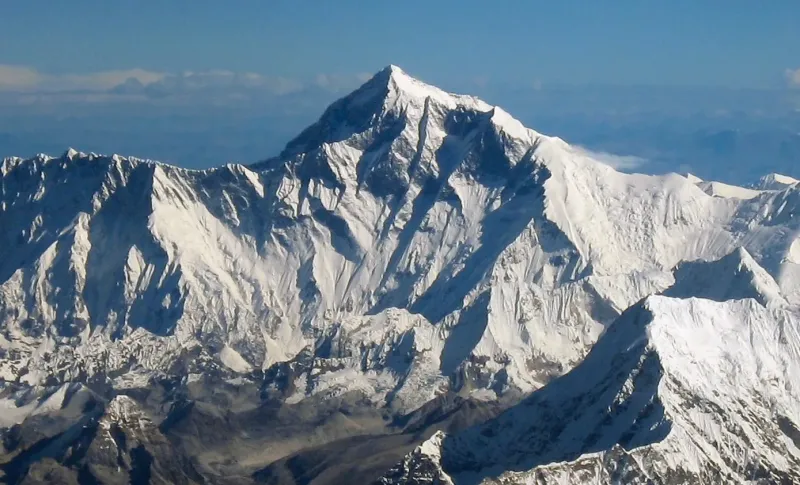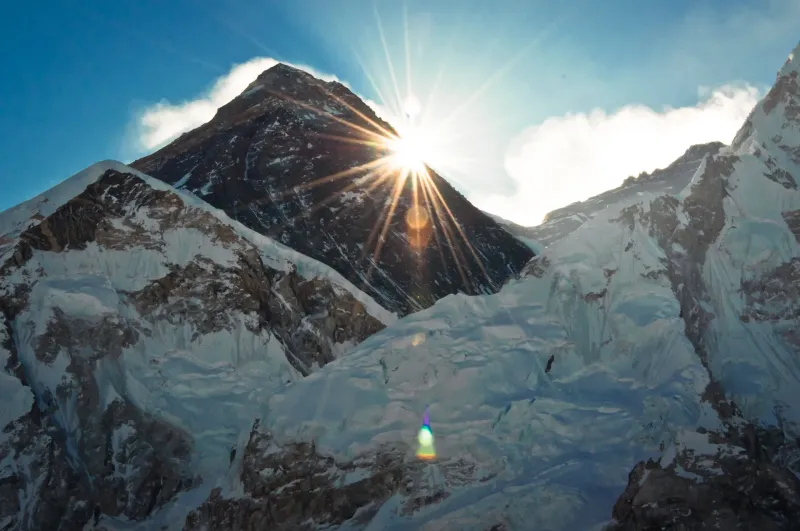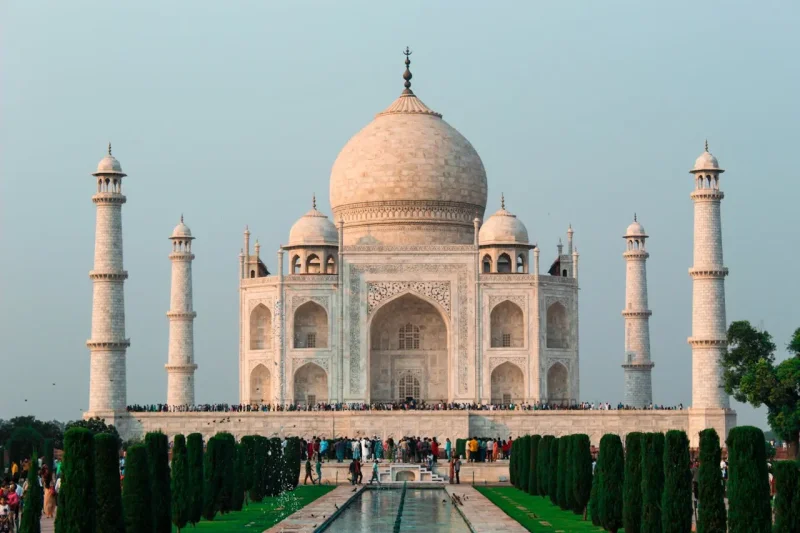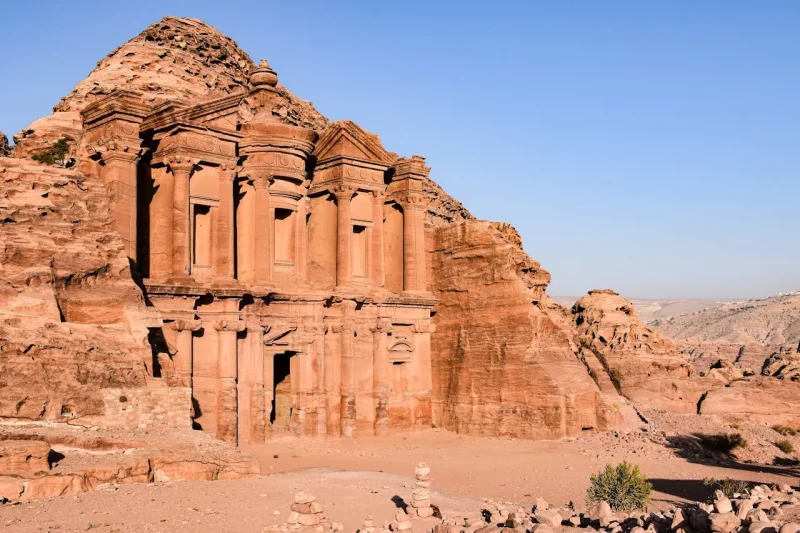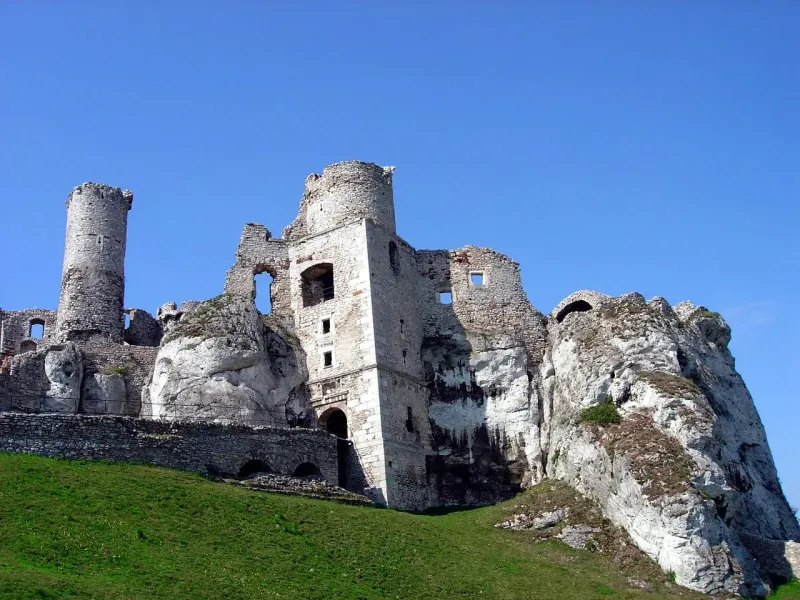The Majestic Summit
Mount Everest, known as Sagarmatha in Nepal and Chomolungma in Tibet, stands as the tallest peak on Earth, reaching an elevation of 29,032 feet (8,848 meters). This iconic mountain, part of the Himalayas, is a symbol of natural grandeur and human ambition. Its towering presence attracts adventurers and climbers from around the globe, all eager to summit its lofty heights. The mountain's dynamic, ever-changing weather conditions add to the thrill and challenge of reaching the top.
Located on the border between Nepal and the autonomous region of Tibet, Mount Everest is not only a geographical wonder but also a cultural landmark. The mountain and its surrounding region are steeped in history and significance for the local Sherpa communities who inhabit these high altitudes. Sherpas have been vital to countless expeditions, offering their expertise and resilience. Their knowledge of the landscape and conditions is indispensable for those attempting to conquer this colossal peak.
The Climbing Challenge
Climbing Mount Everest is a feat of endurance, skill, and determination. The journey to the top involves navigating treacherous terrains, including the infamous Khumbu Icefall, and enduring extreme altitudes that test even the most seasoned climbers. The oxygen levels at the summit are only about a third of those at sea level, necessitating the use of supplemental oxygen for most climbers. Safety remains a critical concern, with weather conditions often dictating the success of an expedition.
Every year, climbers flock to Everest during the climbing seasons, primarily in the spring and autumn. These periods offer the most favorable weather windows for ascent. Despite advances in technology and climbing techniques, the mountain remains a formidable challenge. The physical and mental demands of the climb are immense, with climbers needing to prepare extensively. Those who succeed in reaching the summit join a select group of individuals who have triumphed over Earth's highest point.
Environmental and Cultural Impact
Mount Everest's increasing popularity has brought attention to its environmental impact. The influx of climbers has led to issues like waste management and pollution on the mountain. Initiatives are in place to address these concerns, emphasizing the importance of sustainable and responsible tourism. The preservation of Everest's pristine environment is crucial, not only for future climbers but also for the ecological health of the region.
The cultural significance of Mount Everest extends beyond climbing. It is a sacred site for many, representing spiritual and cultural ideals. The mountain's allure continues to inspire countless stories and legends, drawing people from all over the world. Efforts to balance tourism with conservation and respect for local traditions are ongoing. The challenge lies in maintaining this delicate balance to ensure that Everest remains a symbol of both human achievement and natural beauty for generations to come.

